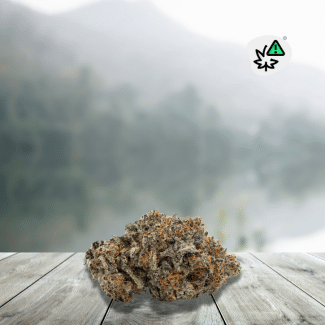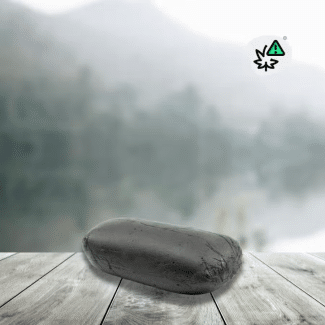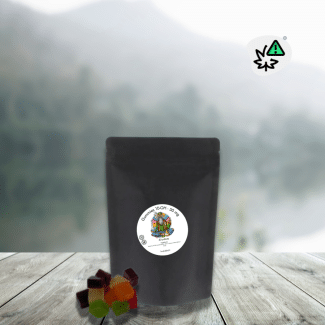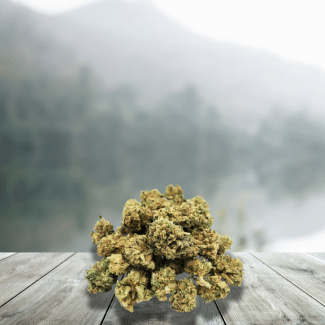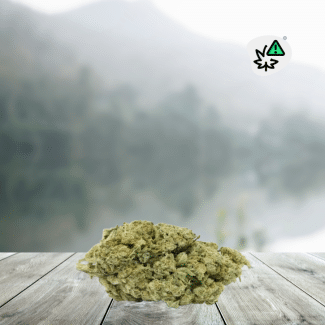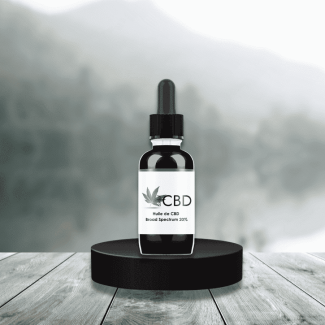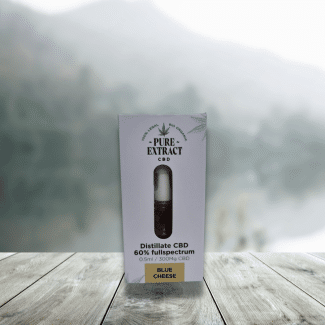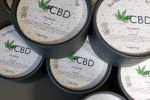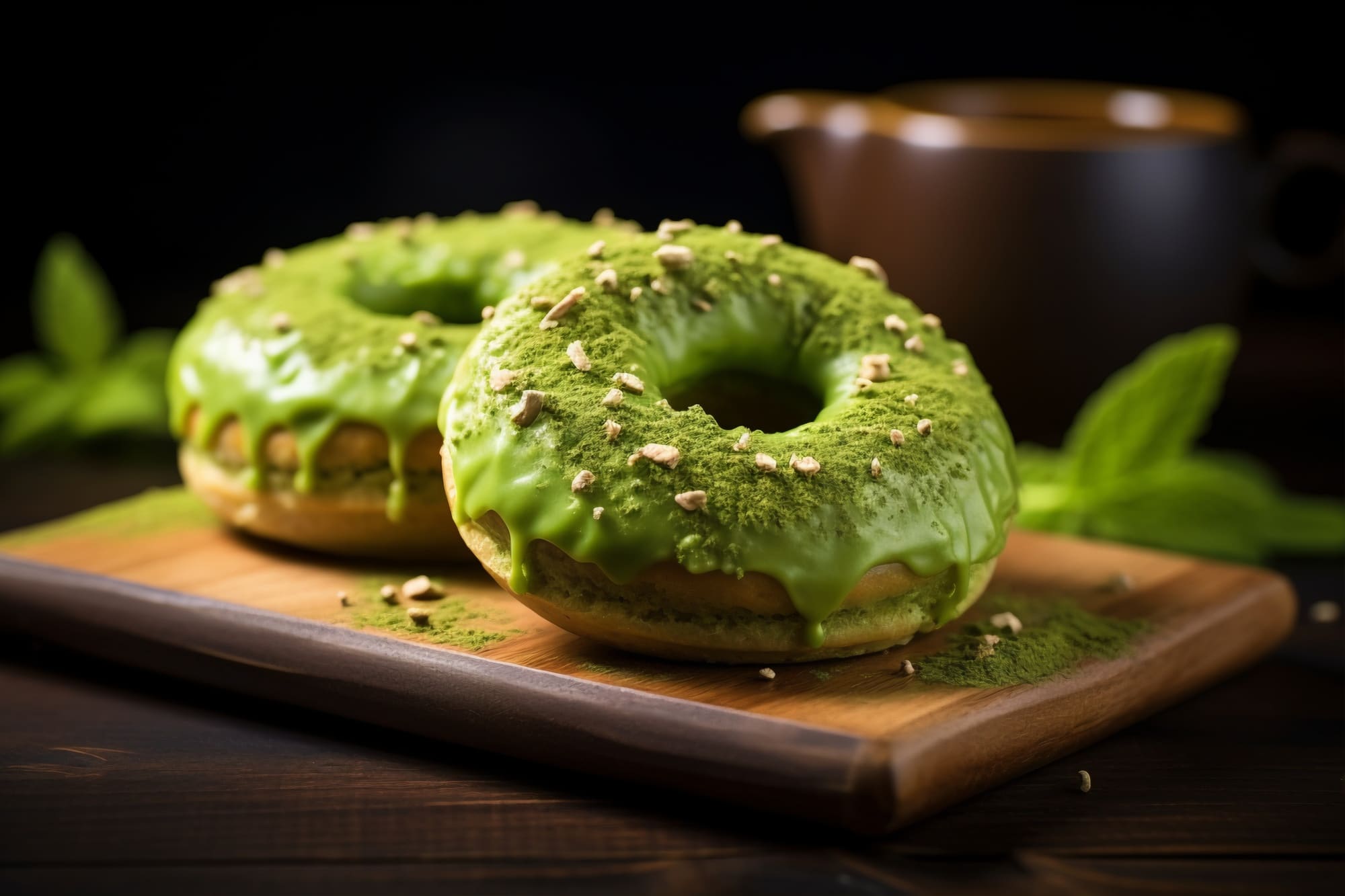
CBD resin is a powerful substance extracted from cannabis, made by removing the trichomes, or resin glands, from the surface of the plant. This extraction concentrates cannabinoids such as CBD and a small amount of THC, making CBD resin particularly popular for cooking. Unlike cannabis flowers, resin allows for greater precision in dosing, making it an ingredient of choice for preparing edibles, i.e. foods and drinks infused with CBD.
Why Cook with CBD Resin?
Cooking with CBD resin has several advantages over cannabis flowers. First, the resin being a homogeneous substance, it allows uniform distribution of the CBD in the dish. Additionally, if you know the CBD content of your resin, you can easily calculate the amount of CBD per serving. This dosage control is crucial for those seeking precise effects, particularly for medical uses.
Another benefit of cooking with CBD resin is the taste. Unlike edibles made from cannabis flowers which can have an herbaceous flavor, resin-infused dishes offer a more earthy and deep flavor, often preferred by connoisseurs.
Finally, consuming CBD resin edibles offers a different experience than vaping or smoking. When you eat edibles, your body assimilates the CBD more gradually, providing a relaxing effect that can last for several hours. This method is particularly suitable for those looking to avoid combustion, whether for health reasons or personal preference.
What is CBD Resin?
CBD resin is a concentrated form of cannabis, obtained by extracting trichomes, the tiny resin glands that cover cannabis flowers. These trichomes are rich in cannabinoids, particularly CBD, making the resin extremely potent and effective for therapeutic use.
CBD hash typically comes in brick or ball form, with a texture that can vary from mushy to crumbly. Its color varies from brown to dark green, even golden depending on the production method.
How to Cook with CBD Resin?
Even if you're used to cooking with cannabis flowers, it's important to understand that cooking with CBD hash requires some adjustment. Here are the main differences:
- Ease of use : The dry, crumbly resin can be easily crushed and mixed directly into food, unlike cannabis flowers which first need to be made into cannabis butter (cannabutter).
- CBD concentration : Since CBD resin is more concentrated in cannabinoids, dishes prepared with it will be more powerful, therefore requiring a smaller quantity to obtain the same effect.
- Shelf life : Edibles made with CBD resin tend to last longer than those made with cannabis flowers.
Decarboxylation of CBD Resin: An Essential Step
Before cooking with CBD hash, it is essential to decarboxylate it. Decarboxylation is a process that activates the cannabinoids present in the resin, transforming inactive compounds into active CBD. This step is crucial to guarantee the effectiveness of your edibles.
Methods to Decarboxylate CBD Resin
There are two main methods to decarboxylate CBD resin:
- Oven method : Preheat your oven to 120°C. Spread the resin on a baking tray lined with parchment paper and toast it for about 45 minutes. This method is simple and effective, although it requires careful monitoring to avoid exceeding the ideal temperature.
- Bain-Marie : Fill a saucepan with boiling water and place a Pyrex bowl or mixing bowl over the water. Maintain the temperature at 120°C using a kitchen thermometer. Heat the resin in the bowl for about 30 minutes. This method is ideal for those who prefer a gentler, controlled approach.
Once the CBD resin is decarboxylated, you can infuse it into a fat like butter or oil, which you then use for cooking. Be careful not to exceed 120°C during decarboxylation, as this may reduce the effectiveness of your preparation.
Delicious CBD Resin Recipes
CBD hash is extremely versatile in cooking and can be used in a variety of dishes, from drinks to desserts.
1. CBD Resin Butter
CBD resin butter is a twist on the classic cannabutter. Since CBD resin is more concentrated in cannabinoids than cannabis flowers, you will need to adjust the quantities to avoid too high a dosage. For a high-quality resin with a high percentage of CBD, you can cut the amount used in half compared to a standard cannabutter recipe. Once your CBD resin butter is ready, you can use it in all kinds of recipes, from cookies to stir-fry dishes.
2. CBD Resin Tea
CBD resin tea is a calming and comforting alternative. To make it, you can follow any cannabis tea recipe and simply replace the cannabutter or cannabis-infused oil with butter or CBD resin oil. You can also add decarboxylated resin directly to your cup of tea.
3. CBD Resin Desserts
CBD resin desserts, such as brownies or banana bread, are a delicious way to enjoy the relaxing effects of cannabis. When replacing cannabutter with resin butter, keep in mind that your desserts will be more potent. Start with small portions and adjust as needed.
4. CBD Resin Oil
CBD resin oil is a versatile ingredient that you can use in a multitude of recipes. It can be used for cooking, but also for watering salads, preparing sauces, or even for sautéing vegetables. Again, due to the high CBD concentration, be sure to adjust quantities to avoid overdosing.
Conclusion
Cooking with CBD resin is a convenient and tasty method of consuming cannabis. Thanks to its high concentration of CBD, it makes it possible to create powerful and long-lasting edibles. Whether you're making desserts, drinks, or savory dishes, CBD resin offers a rich, earthy flavor that can enhance any recipe. Remember to always start with small doses, especially if you are new to resin cooking, and gradually adjust according to your preferences and needs.
